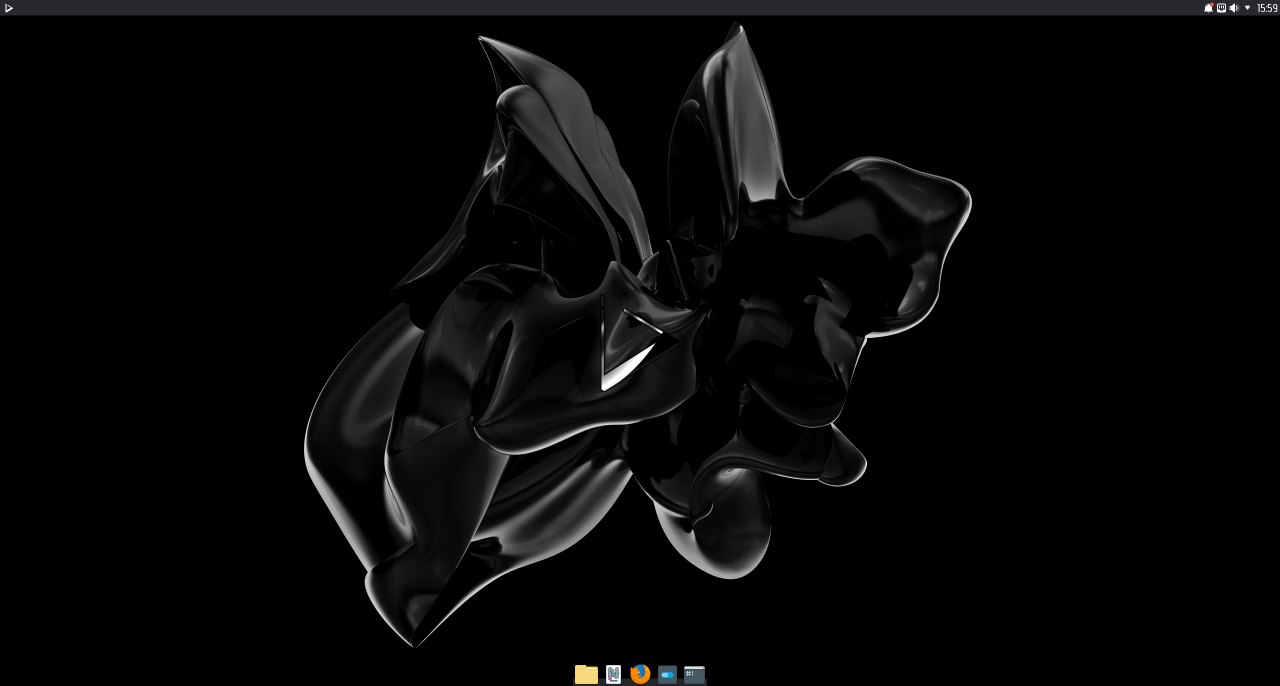Nitrux 1.3.1 is available to download




We are pleased to announce the launch of Nitrux 1.3.1. This new version brings together the latest software updates, bug fixes, performance improvements, and ready-to-use hardware support.
Nitrux 1.3.1 is available for immediate download.
-

- Login or register to post comments
 Printer-friendly version
Printer-friendly version- 4912 reads
 PDF version
PDF version
More in Tux Machines
- Highlights
- Front Page
- Latest Headlines
- Archive
- Recent comments
- All-Time Popular Stories
- Hot Topics
- New Members
digiKam 7.7.0 is released
After three months of active maintenance and another bug triage, the digiKam team is proud to present version 7.7.0 of its open source digital photo manager. See below the list of most important features coming with this release.
|
Dilution and Misuse of the "Linux" Brand
|
Samsung, Red Hat to Work on Linux Drivers for Future Tech
The metaverse is expected to uproot system design as we know it, and Samsung is one of many hardware vendors re-imagining data center infrastructure in preparation for a parallel 3D world.
Samsung is working on new memory technologies that provide faster bandwidth inside hardware for data to travel between CPUs, storage and other computing resources. The company also announced it was partnering with Red Hat to ensure these technologies have Linux compatibility.
|
today's howtos
|









.svg_.png)
 Content (where original) is available under CC-BY-SA, copyrighted by original author/s.
Content (where original) is available under CC-BY-SA, copyrighted by original author/s.

Nitrux 1.3.1 Released: A Beautiful Linux Distro With Portable...
Nitrux 1.3.1 Released: A Beautiful Linux Distro With Portable App Format
Nitrux 1.3.1 Released with Latest Plasma Desktop
Nitrux 1.3.1 Released with Latest Plasma Desktop, Improved Installer, and Faster Installation